African Artist Spotlight Series: The Dynamic Art of Serge Attukwei Clottey
The rich tapestry of African art has long been a source of inspiration and wonder for artists and enthusiasts alike. From ancient civilizations to contemporary creations, the continent’s diverse cultural expressions have captured the hearts and minds of many. In this journal, we shall venture into the world of a particularly prominent Ghanaian artist, Serge Attukwei Clottey. Clottey’s dynamic oeuvre encompasses a wide range of artistic practices, including performance and sculpture. This journal will delve into the transformative nature of his art, exploring his unique vision, the societal impact of his work, and the ways in which Clottey challenges traditional norms and perceptions.
Background and influences
Serge Attukwei Clottey was born and raised in Accra, Ghana, amidst a vibrant artistic community. His family’s artistic lineage traces back to his grandfather, an accomplished photographer, and his father, who was a respected woodcarver. This creative lineage not only shaped Clottey’s early experiences but also instilled in him a deep appreciation for his cultural heritage.
His artistic journey began with formal training at the Ghanatta College of Art and Design, where he honed his skills in various disciplines. Throughout his education and beyond, Clottey was exposed to both local and international artists, whose influences can be observed in his work.
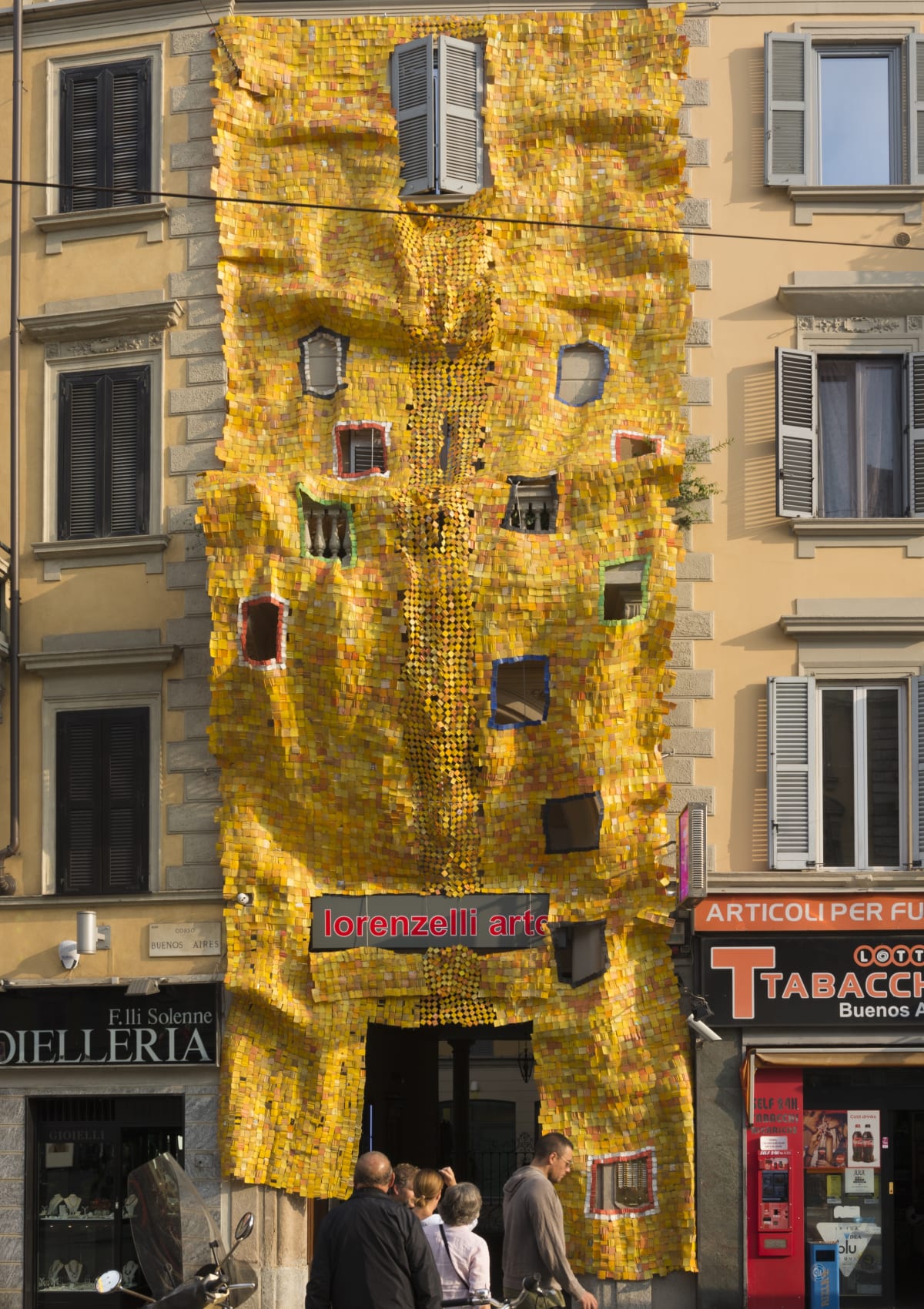
Artistic vision and philosophy
At the core of Clottey’s artistic practice is the concept of Afrogallonism, which is deeply rooted in Ghanaian culture and environmental concerns. This philosophy revolves around the repurposing of yellow plastic gallon containers, ubiquitous throughout the country, for artistic expression. These containers, colloquially known as “Kufuor gallons,” were once used to transport water during times of scarcity but now contribute to the country’s growing plastic waste problem.
Clottey’s art confronts this issue head-on, transforming these discarded objects into compelling pieces that straddle the line between tradition and innovation. His vision is not only to highlight the environmental concerns but also to challenge the preconceived notions surrounding African art, pushing the boundaries of what is considered valuable and worthy of appreciation.
Performance art
In African culture, performance art has long played a vital role in storytelling and self-expression. Clottey has embraced this tradition, infusing it with his contemporary sensibilities to create performances that are both captivating and thought-provoking. Two notable examples of his work in this domain are The Yellow Brick Road and My Mother’s Wardrobe.
The Yellow Brick Road is a performance piece that addresses the politics of water, a pressing issue in Ghana and other parts of Africa. Clottey and his collaborators, known as the GoLokal collective, donned yellow plastic garments and paraded through the streets of Accra, drawing attention to the challenges faced by communities with limited access to clean water.
My Mother’s Wardrobe, on the other hand, is a deeply personal exploration of gender roles and societal expectations. In this performance, Clottey and other male participants donned their mothers’ clothing, confronting the audience with the rigid gender norms that still pervade many societies. By involving his community in these performances, Clottey fosters a sense of collaboration and shared responsibility, essential to addressing the complex issues his work explores.
Sculpture and installations
Clottey’s sculptures and installations, like his performance art, often incorporate repurposed plastic gallon containers. Through these works, he highlights environmental and social issues that are particularly salient in his native Ghana and beyond.
The politics of water is a recurring theme in Clottey’s sculptures. His installation The Displaced features a series of plastic gallon containers filled with water, arranged to resemble a river or a body of water. This work not only draws attention to the scarcity of clean water in many African communities but also underscores the environmental impact of plastic waste.
Gender roles and societal expectations are also prevalent themes in Clottey’s sculptural works. His Labadi Beach installation, for instance, is a powerful commentary on the intersection of gender and environmental issues. The piece comprises a series of plastic gallon containers sewn together to form a sprawling mat that covers a section of the beach. Women from the local community were invited to interact with the installation, demonstrating the burden they bear in collecting water for their families.
These sculptures and installations serve as tangible reminders of the pressing environmental and social challenges faced by communities in Ghana and across the African continent. By repurposing discarded materials, Clottey’s work not only raises awareness about these issues but also encourages viewers to reconsider their own consumption habits and their role in mitigating these problems.
Art as a tool for education and community development
Beyond its aesthetic and political dimensions, Clottey’s art also serves as a vehicle for education and community development. Through workshops and collaborative projects, he engages with local communities, offering opportunities for artistic expression and skill development. By doing so, Clottey not only fosters a sense of ownership and pride within these communities but also empowers them to become active participants in the creation and dissemination of knowledge.
Interdisciplinary approach to art
Clottey’s art transcends traditional artistic boundaries, incorporating elements of sculpture, performance, installation, and even fashion. This interdisciplinary approach allows him to engage with a wide range of audiences and explore diverse themes, from environmental concerns to personal identity. In doing so, Clottey challenges the conventional understanding of what constitutes African art, inviting viewers to consider new possibilities and perspectives.
Collaboration with other artists and collectives
Throughout his career, Clottey has collaborated with numerous artists and collectives, both within Ghana and internationally. These collaborations have not only enriched his own artistic practice but also facilitated cross-cultural dialogue and exchange. By forging connections with artists from diverse backgrounds and disciplines, Clottey underscores the universality of the issues his work addresses, demonstrating that art can transcend geographical and cultural boundaries to foster a sense of global solidarity.
Impact and reception
Serge Attukwei Clottey’s art has resonated with audiences both locally and globally, earning him recognition and accolades within the contemporary African art scene. His work has been exhibited in numerous prestigious institutions, including the Venice Biennale, the Dakar Biennale, and the Armory Show in New York City.
Furthermore, Clottey’s influence extends beyond the realm of fine art, as his work has inspired collaborations with international organizations such as the United Nations, the British Council, and the Goethe-Institut. These partnerships not only amplify the impact of his art but also demonstrate the potential for cross-cultural collaboration to address pressing global issues.
In this journal, we have explored the dynamic and transformative art of Serge Attukwei Clottey, an artist whose unique vision pushes the boundaries of African art and challenges traditional norms and perceptions. Through his innovative use of repurposed materials and his commitment to addressing social and environmental issues, Clottey’s work serves as a powerful reminder of the potential for art to effect change in the world.
By fostering collaboration and community engagement, Clottey’s art transcends its aesthetic appeal, encouraging viewers to reconsider their own roles in mitigating the complex issues it explores. As we continue to grapple with these challenges, the legacy of Serge Attukwei Clottey’s art will undoubtedly persist, inspiring future generations of artists and activists to imagine a more sustainable and equitable world.
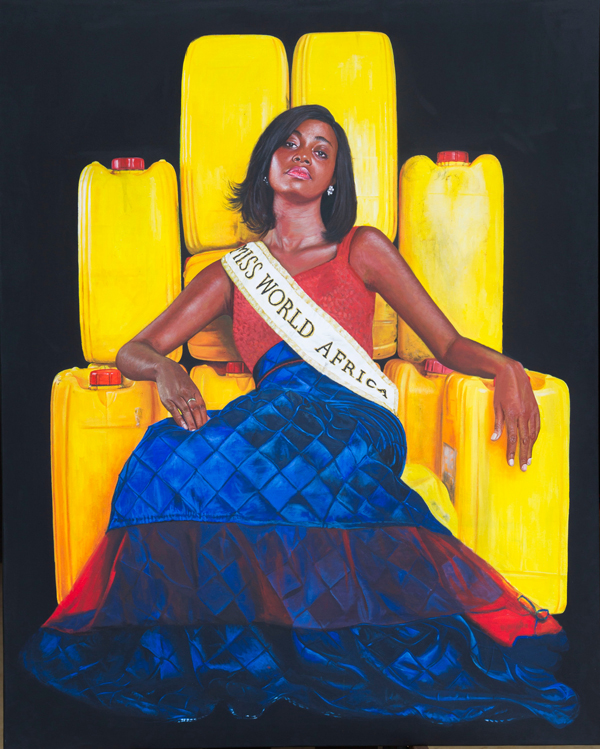

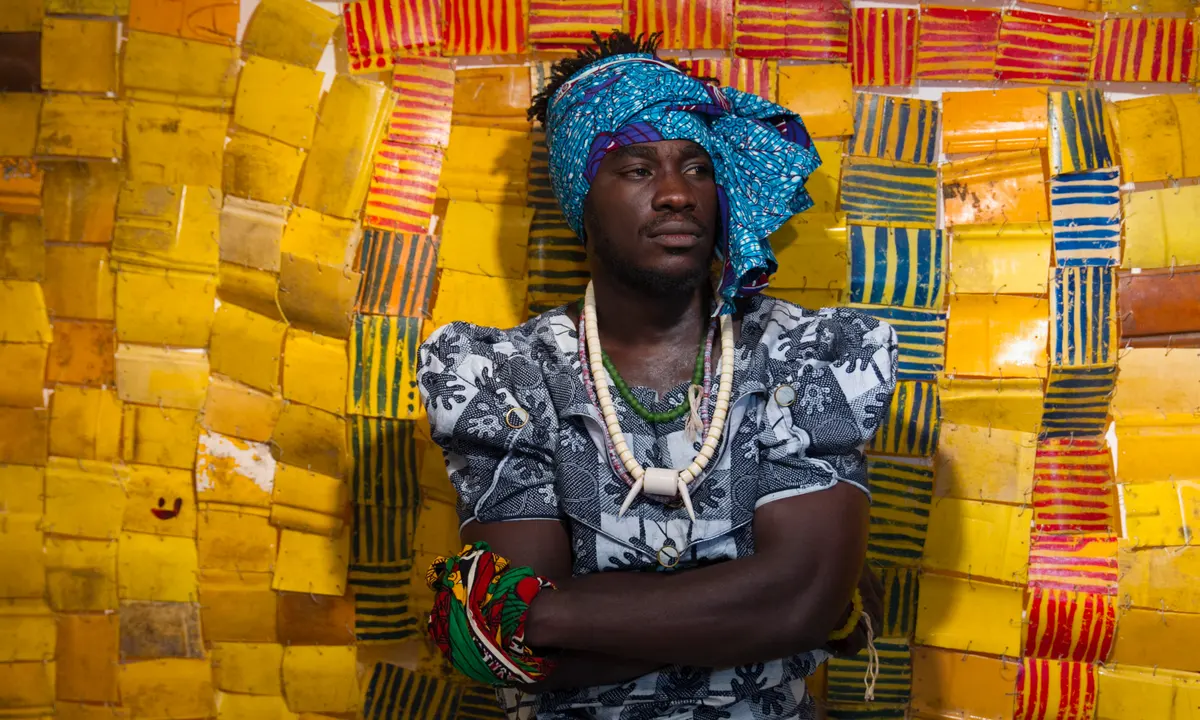
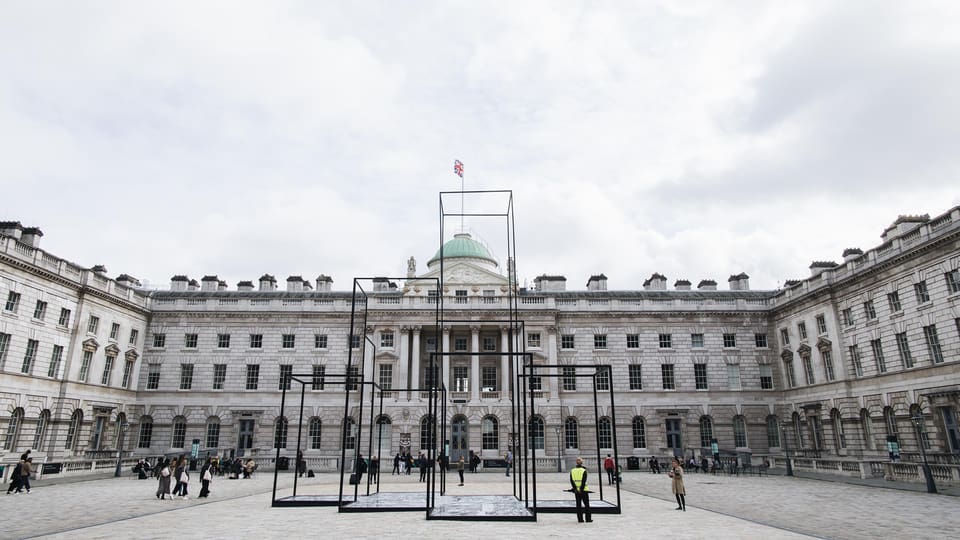

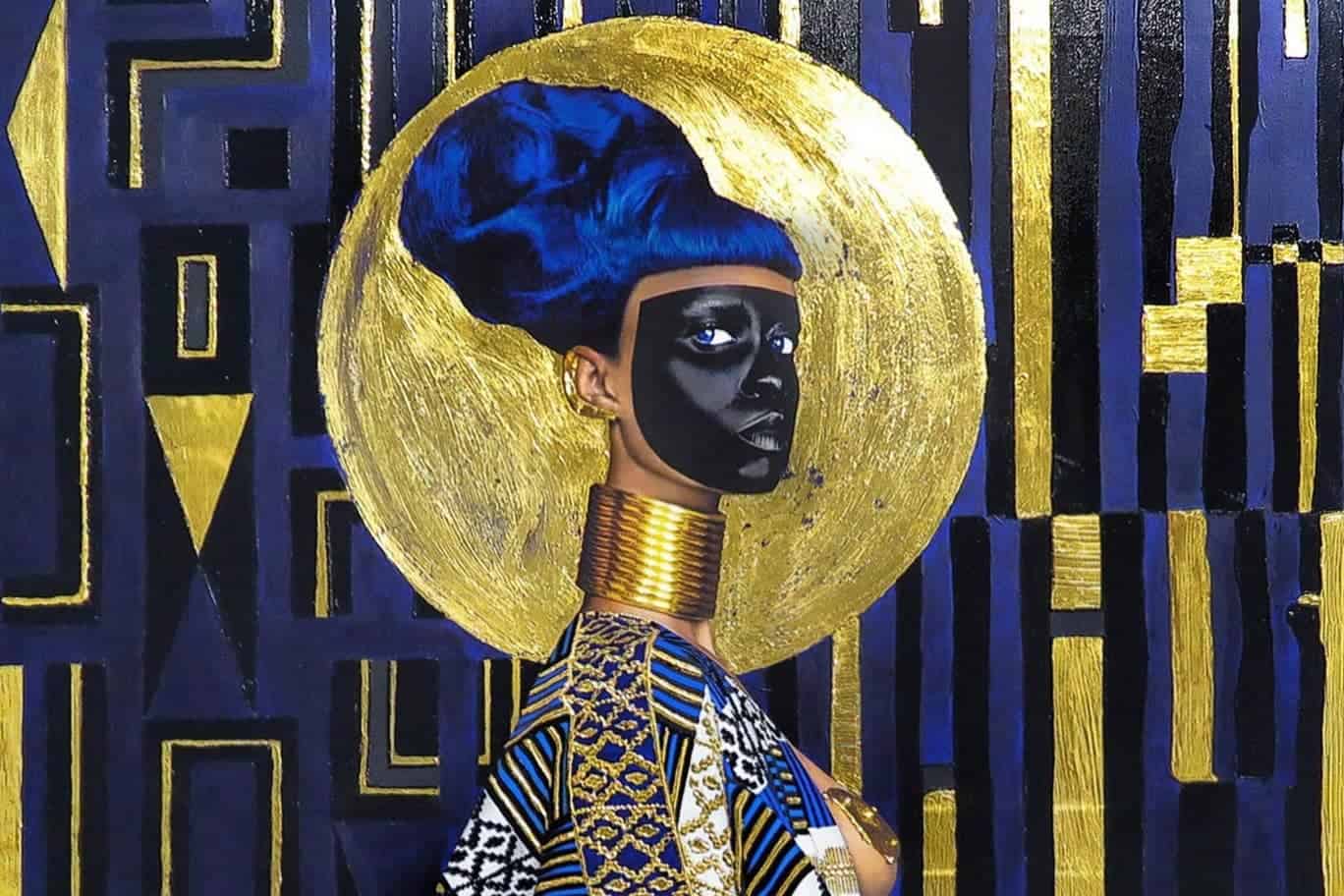
 No products in the basket.
No products in the basket.